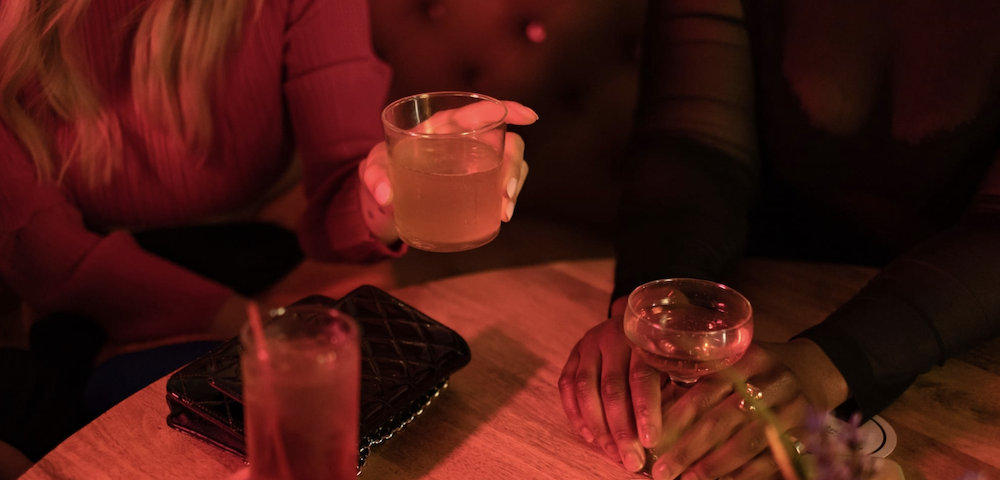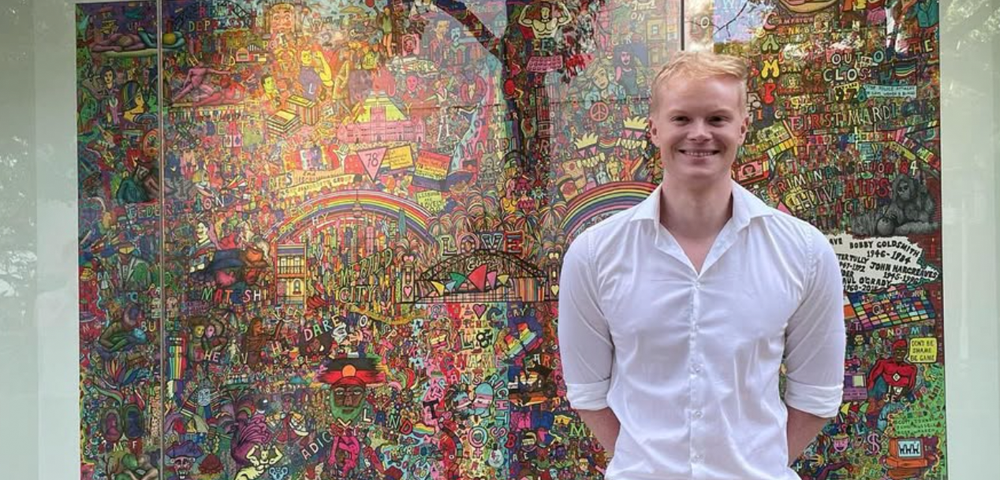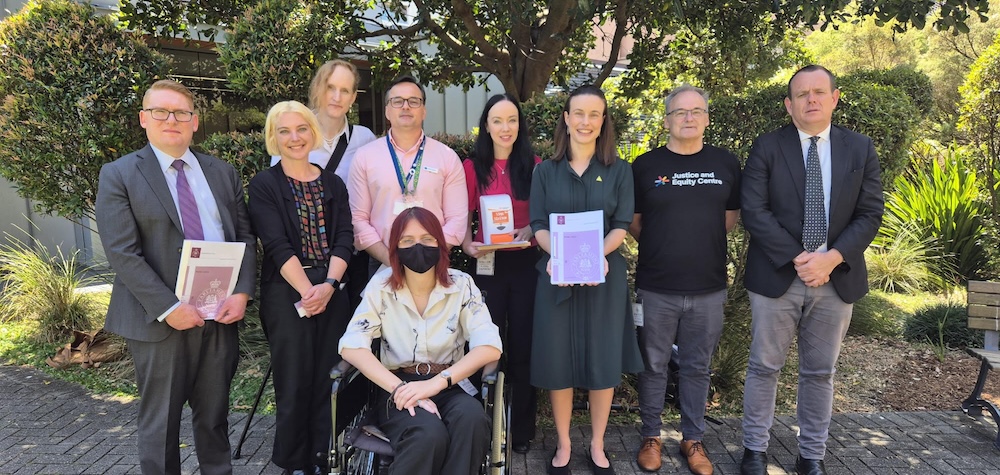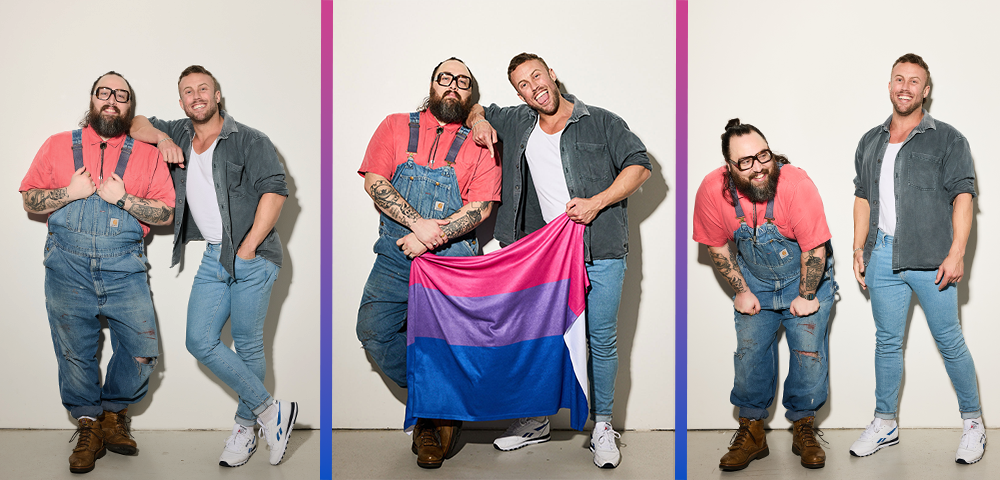
Disability brings its own challenges
It’s telling that no one who sees the ribbon gracing my jacket knows what it means. It’s a leftover from a few months ago, but I’ve decided to leave it on.
It’s the ribbon for the International Day of People With Disabilities.
I’m writing about this, in this column, because there are plenty of people in the LGBTI community who live with the effects of disabilities, of one kind or another, every day of their lives (including me). They may or may not experience intersecting discrimination from outside — or within — our community, due to their disability.
A friend of mine experienced a serious stroke a few years ago and, as a result, found herself in a nursing home, among people much older than her. This was not a particularly appropriate environment, however, it is not an uncommon story. There is a lack of suitable accommodation for young people in the wider community — to say nothing of the LGBTI community — with such major disabilities that they preclude permanent care by their families of origin or families of choice. Presently, there are about 6000 people in this predicament.
On April 9, Australian Disability Discrimination Commissioner Graeme Innes launched an exhibition at the Fed Square Atrium called Home to Home, aimed at increasing awareness of this problem.
Exhibitors’ stories included one by someone who said they just managed to make good friends with someone and then they died.
A lucky few end up in group homes with live-in carers but, at present, they are a minority.
Here are some statistics from Innes’ speech: 45 percent of people living with disabilities live in poverty (to be partially remedied by the proposed National Disability Insurance Scheme).
Australia comes 27th out of 27 OECD countries on the correlation between poverty and disability. Eighty-two percent of young people living in nursing homes never go out to visit their friends; 52 percent won’t be visited by friends this year; 56 percent don’t have any say in what time they go to bed. Try putting yourself in their place.
At least another friend and I managed to improve the quality of life of my friend in the nursing home, who was passionate about owls, for one day. We took an owl, which my friend was rehabilitating, to the home. It flew around the room, then did a huge shit down the rehabilitator’s jeans. Despite being speechless, the beatific grin was worth the mess!
INFO: Barbary Clarke is convenor of the VGLRL’s Policy Working Group, and is doing a PhD on women and life-threatening illness.









